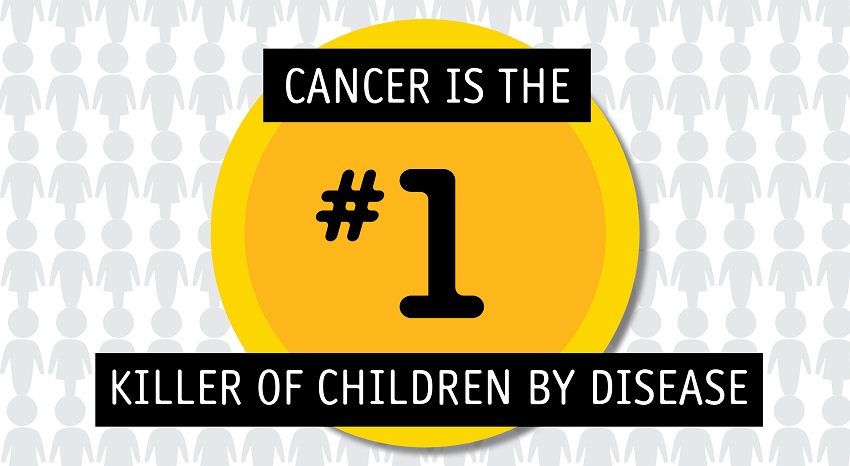
Every year, 300,000 families around the world learn the harrowing news, “Your child has cancer”. If you want to get involved in finding solutions, here are the facts you should know.
1. Childhood cancer is not the same as adult cancer.
Cancer in children is not strongly linked to lifestyle or environmental risk factors. The majority of childhood cancers remain poorly understood and the causes are unknown.
2. Childhood cancer is the number one disease killer of children in Australia.
Cancer is the second leading cause of death overall (following injuries) in children aged 1-14.
3. Around the world, every two minutes a child is diagnosed with cancer.
That’s 300,000 kids around the world every year.
4.Cancer incidence among Australian children and adolescents is higher in boys.
On average per year, 567 boys and 453 girls are diagnosed.
5. The average age of a child diagnosed with cancer is six.
But you don’t have to be a child to be diagnosed with the disease; infants and pre-schoolers as well as adolescents and young adults (AYAs) can be affected by childhood cancer.
6. The most common childhood cancer in Australia is acute lymphoblastic leukaemia (ALL).
ALL is followed by cancer of the brain and non-Hodgkin lymphomas diagnosed in children 0 – 14 years.
7. Sadly, three children and adolescents in Australia die of cancer each week.
The death of a child has a devastating effect on families and entire communities.
8. Forty per cent of deaths result from tumours of the central nervous system.
Central nervous system tumours include brain cancer. Twenty-three per cent of deaths result from leukaemia, or blood cancer and eleven per cent from neuroblastoma. Neuroblastoma occurs most commonly in infants and children under five years of age, and rarely in children over ten years of age. Very rarely, neuroblastoma occurs in adults.
9. In the 1950s, cancer was nearly always a death sentence for a child.
Today, eight out of ten children diagnosed with cancer will survive. However, these improvements are not across all childhood cancer types. For instance, the survival rate for ALL has increased to 90 per cent, while brain cancer survival has stagnated at 50 per cent.
10. In 80 per cent of kids with cancer, the cancer has already spread to other areas of the body by the time it is diagnosed.
That’s why so many children with cancer need to begin treatment right away. Learn more about the differences between adult and childhood cancers.
11. Much of what we know about treating adult cancers has been learned from childhood cancer research.
Some aspects of cancer treatment today, such as combination chemotherapy, can be traced to paediatric cancer research.
12. There are over a dozen types of childhood cancer and hundreds of different subtypes.
The more rare types, when added together, account for about 30 per cent of cancers in children and adolescents. But because so few children are diagnosed with each type, it’s very difficult to do research on these cancers.
13. Because of the treatments they had as kids, more than 99 per cent of childhood cancer survivors will have a chronic health problem and 96 per cent will have severe or life-threatening conditions.
By the time they’re 50 years old, survivors of childhood cancer experience about five severe or life-threatening chronic health conditions on average.
